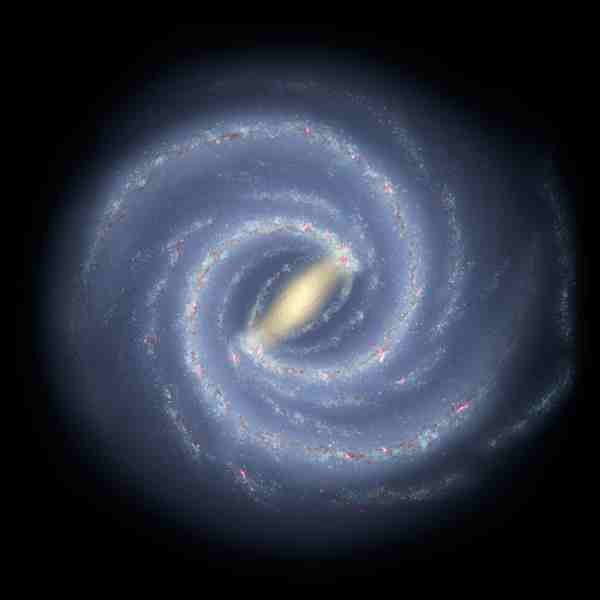NASA has previously estimated that the galaxy is approximately 100, 000 light-years and at a rate of six trillion miles per light year, we are actually talking about an unimaginable breadth, the Universe Today reported. However, a new research has suggested that actual size of the galaxy is 50, 000 light-years bigger than what was first established.
This new discovery is due to Monoceros Ring, a thin strand of stars that scientists have found in 2002, surrounding Milky Way's boundaries, the Discovery News said. The identifying team initially suspected that its ring is a "tidal stream of debris," left over from the neighboring dwarf galaxy's remnants.
Heidi Newberg, an astronomer who is part of the Monoceros Ring discovery, said, "It looks to me like maybe these patterns are following the spiral structure of the Milky Way, so they may be related." Newberg discovered about the update while in search for evidences that the star stream is not part of the galaxy. Gathering evidences, apparently, surprised her. If the theory that she and her colleagues were able to establish earlier is correct, the true scale of the Milky Way could be twice its current estimate.
The update is scheduled for publication this week in the Astrophysical Journal; however, astronomers are hoping that a 3D, high-definition images of the ring of stars will present a more conclusive data. With the use of Europe's Gaia telescope, they are also rooting for another stream of stars beyond the Monoceros. If the ring belongs to the galaxy also, the Milky Way will grow larger.



























